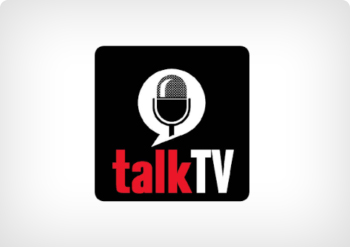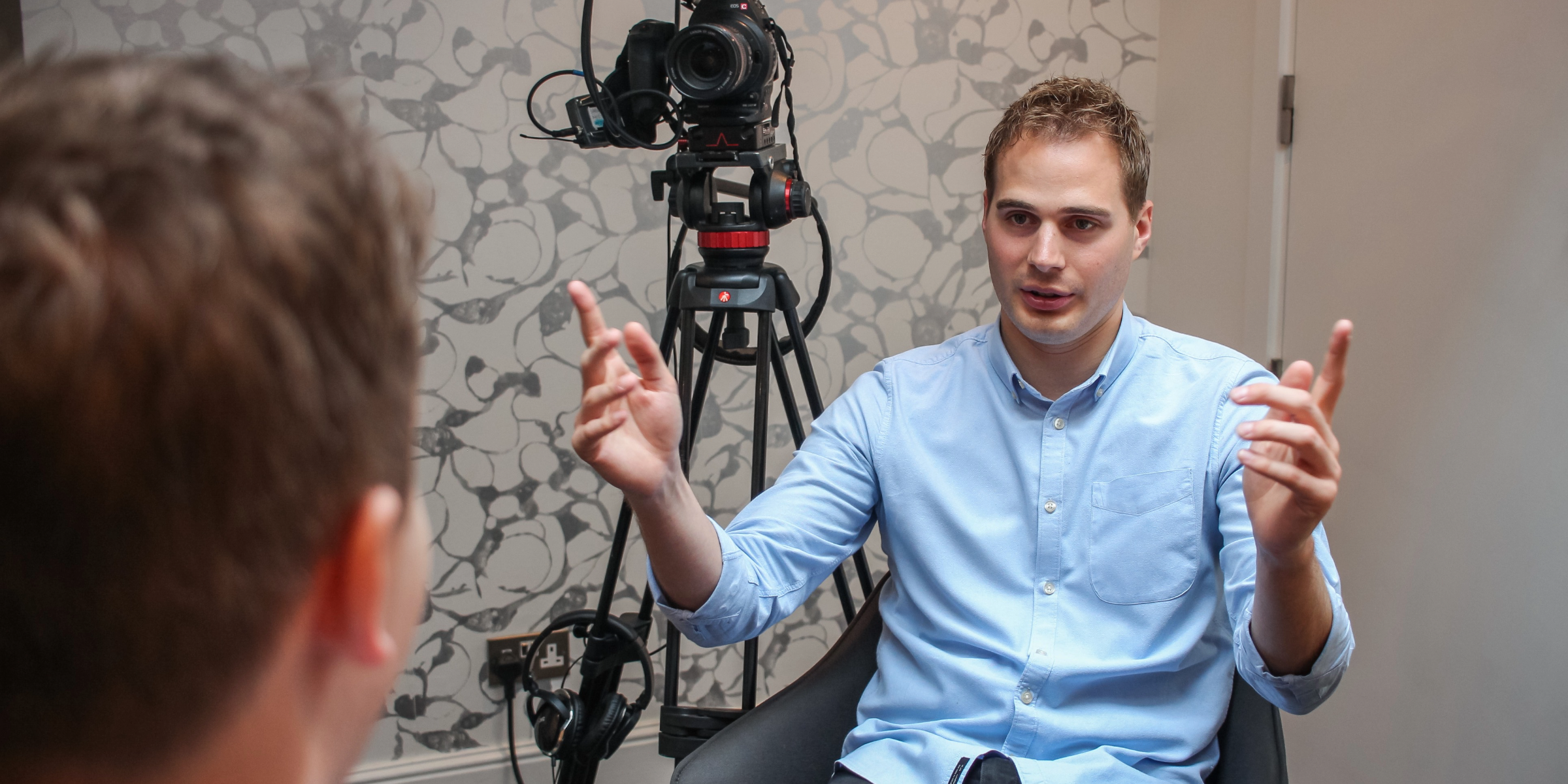It’s not just broadcast PR clients that love television. Media companies, whose foundations are built on print and sometimes radio, are finding the pull of television too much to resist.
The birth of talkTV
The latest is Rupert Murdoch’s News UK. He’s announced plans to launch a new national television station, called talkTV, early next year. A sister station to talkRADIO, it’s commonly thought that the channel will rival GB News, which finally got on air in June this year, as well as provide a platform for the return of presenter Piers Morgan.
Deja-vu?
You might be thinking you’ve heard this all before. Yep, News UK, CANCELLED similar plans earlier this year, so this is something of a U-turn. News UK TV never got on air but it had been under development for nearly a year before boss Rebekah Brooks pulled the plug.
Murdoch’s people claim talkTV won’t be a traditional rolling news channel as it will also feature entertainment, documentaries and sports programming. That said, News UK says its foundation will be based on current affairs discussions.
Political slant
GB News is considered rightwing leaning. No official stance has been made as to which way talkTV will lean, but if you’re interested and you have a smart TV you can get a flavour watching a quietly launched programme strand called talkRadioTV, featuring content from radio presenters including Julia Hartley-Brewer and Mike Graham. Or take a look at the video material currently produced by talkRadio.
Radio stations producing TV content
Video capturing what’s being aired on radio has become quite the thing. Pioneered by LBC, but other nationals, commercial and BBC, have followed in the station’s wake. Why do broadcasters do this?
Really it’s all to do with audience ratings. Video of a good argy-bargy on the radio is entertaining. Look at the body language – the ranting arms, the standing up, the raging out of a studio.
The difference between TV and visual content filmed in radio studios is how each is intended to be viewed. With the latter it’s extra content to entice audiences to revisit a programme because they’ve been enticed to do so by clips on social media that drive debate.
The power of pictures
Audiences like to see behind the scenes. If you don’t work in broadcasting then it can appear an exciting environment. It’s the kit and the speed of producers rushing around, the entrance into a studio of a well-known face….
Commercial radio is a crowded market, with the entry of Times Radio adding to the numbers in June 2020. So, stations are doing what they can, via video and social media, to attract and retain news audiences.
What this means for Broadcast PR
Another TV outlet obviously provides more potential opportunities for broadcast PR clients – unless it becomes as opinionated as rival GB News. The latter is beloved by some clients but reviled by others for its blatant opinions. But the general trend for radio becoming visual, as described above, means spokespeople need to think not just about what they’re going to say and how they say it – but how they look too. We’ve heard the research – that about three quarters of the impact you make on television is made by your body language and appearance.
Looking good on radio
The bad news is that looking good (or bad) is largely out of your control. Because these are working radio studios the video cameras have to be out of the way, and not interfere with the running of the studio. That means cameras are often placed high, out of the way, whereas in TV most cameras are at eye-level with the presenter and spokesperson, a more flattering look. Radio studios are not always lit as well as they could be, although stations like LBC have really improved this.
What you can do
What you can control however is what you wear and how you behave and the same rules we suggest for television appearances apply. They include avoiding fussy patterns, big jewellery or anything that is going to distract the audience from what you are saying. Avoid all black, as that can make you look two-dimensional and all white is a wash out too. Red and green can also play up on camera.
When it comes to body language the most important thing is keeping eye contact with the presenter, even when they look down at a script or gesture at the control room. Looking away implies you might have something to hide. BBC stands for bum-at-the-back-of-the chair. Keeping your feet rooted to the ground, and your hands on the arm rest gives you a good chance of looking confident and present.
Want to know more about performing well on-air? Check out details of our media training here.



